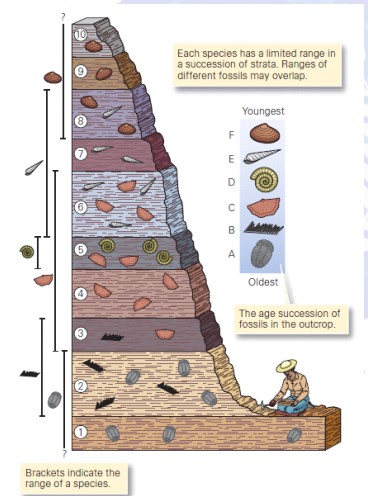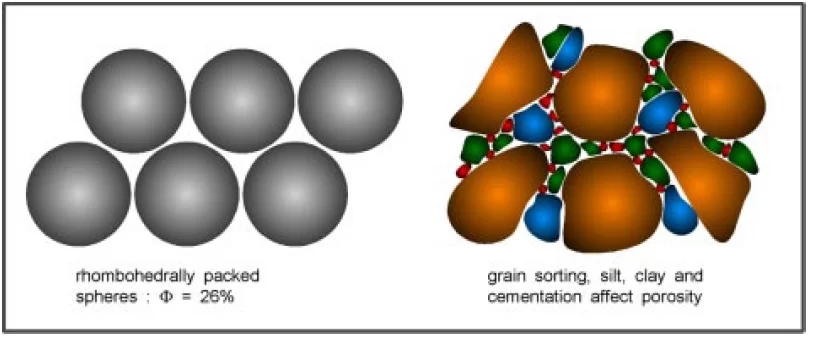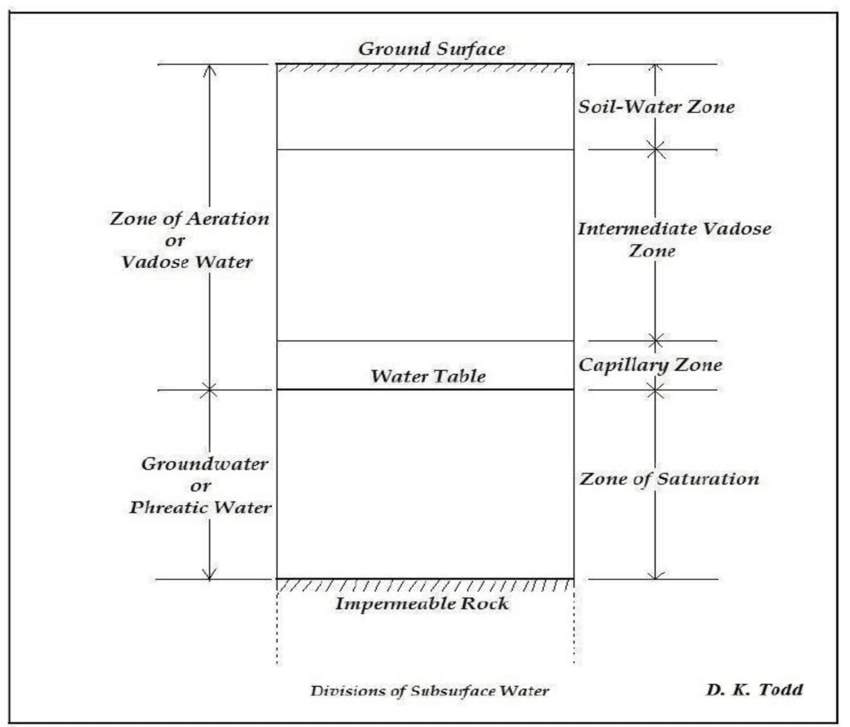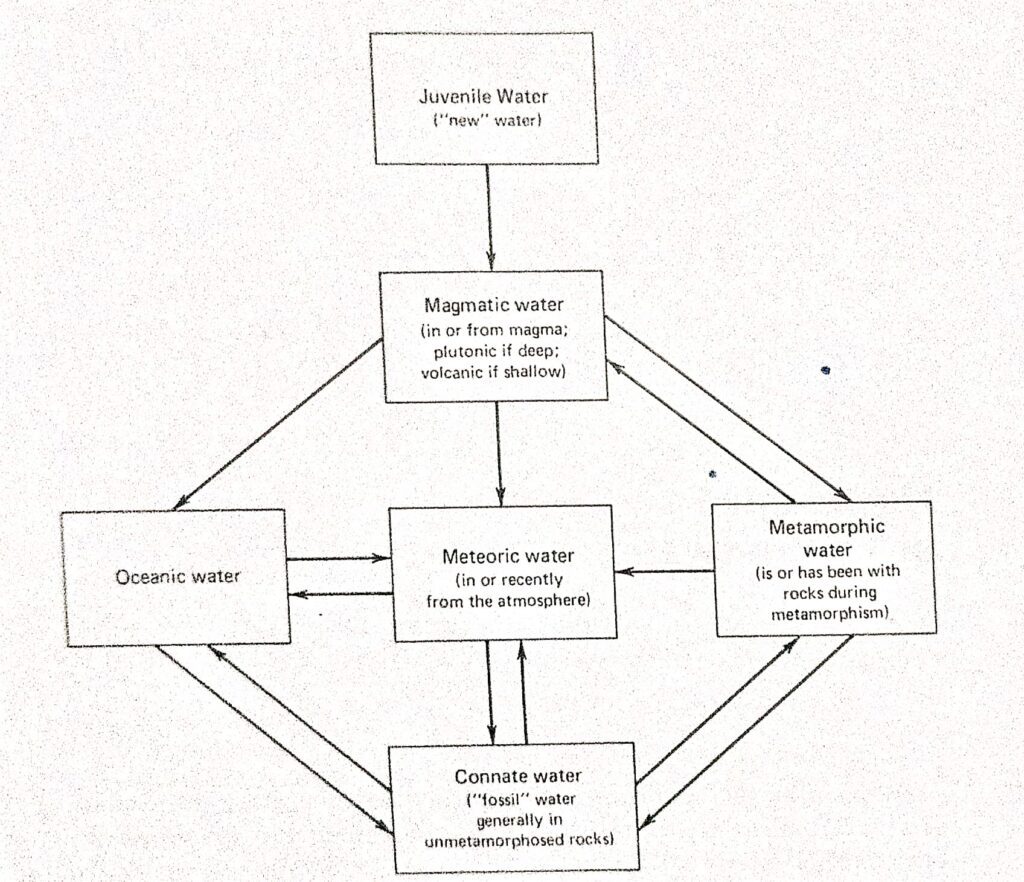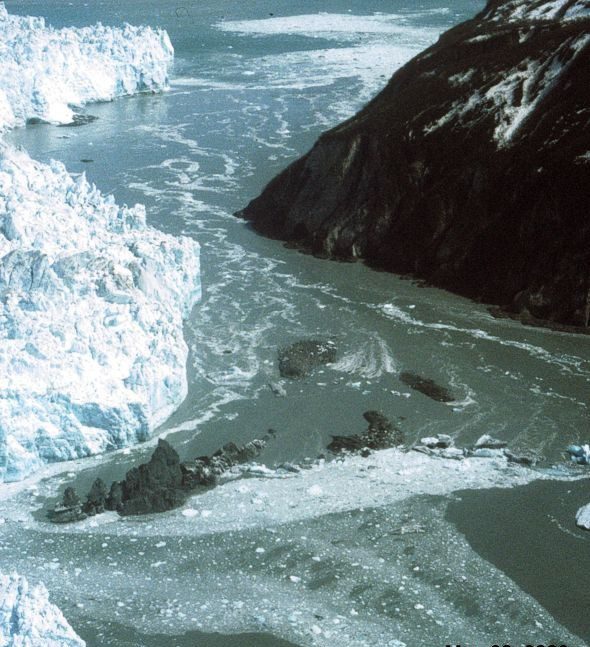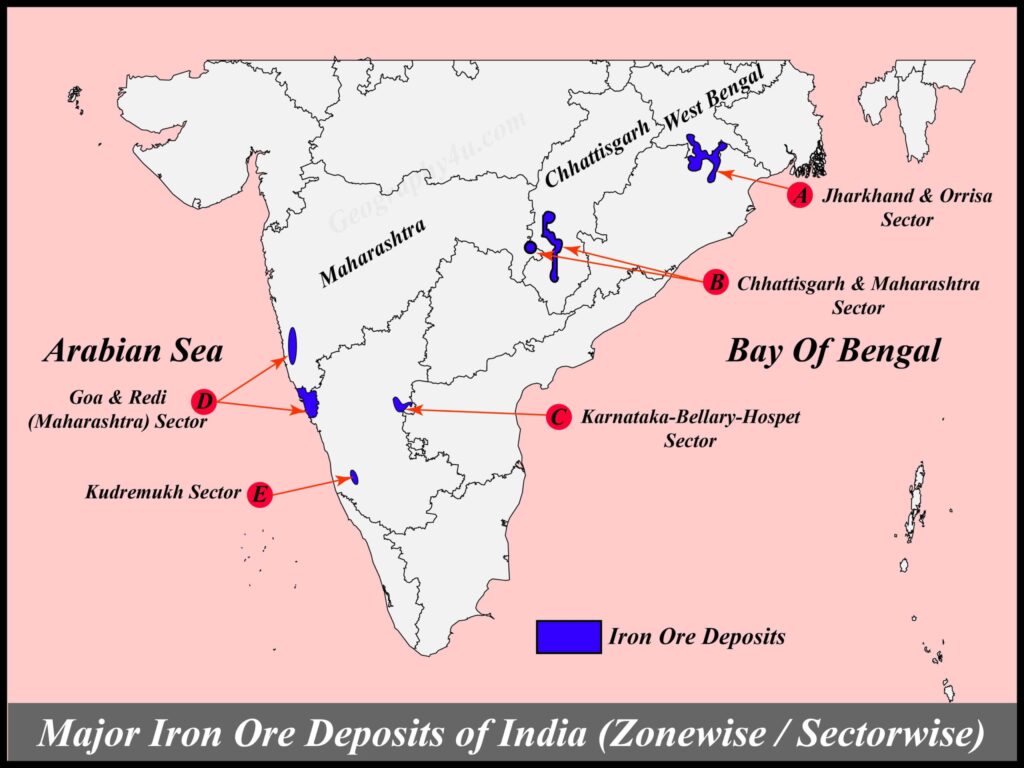What are the principles of biostratigraphy?
The characterization and correlation of rock units on the basis of their fossil content is called biostratigraphy. It is fundamentally different from a lithostratigraphic unit that is defined by the lithological properties of the rock. The concept of biostratigraphy is based on the principle that organisms have undergone successive changes throughout geologic time. Thus, any […]

